Nonlinear Physics for Beginners: Fractals, Chaos, Solitons, Pattern Formation, Cellular Automata and Complex Systems

Summary
Almost all real systems are nonlinear. For a nonlinear system the superposition principle breaks The system's response is not proportional to the stimulus it receives; the whole is more than the sum of its parts. The three parts of this book contains the basics of nonlinear science, with applications in physics. Part I contains an overview of fractals, chaos, solitons, pattern formation, cellular automata and complex systems. In Part II, 14 reviews and essays by pioneers, as well as 10 research articles are reprinted. Part III collects 17 students projects, with computer algorithms for simulation models included.The book can be used for self-study, as a textbook for a one-semester course, or as supplement to other courses in linear or nonlinear systems. The reader should have some knowledge in introductory college physics. No mathematics beyond calculus and no computer literacy are assumed.
Similar Books
-
 Partial Differential Equations
Partial Differential Equationsby Jürgen Jost
-
 Degeneration of Riemannian metrics under Ricci curvature bounds
Degeneration of Riemannian metrics under Ricci curvature boundsby Jeff Cheeger
-

-
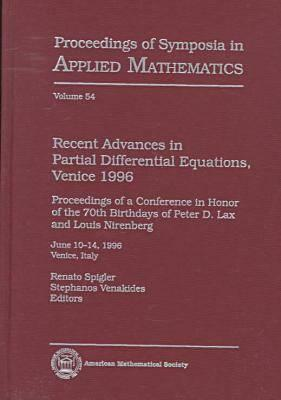
-
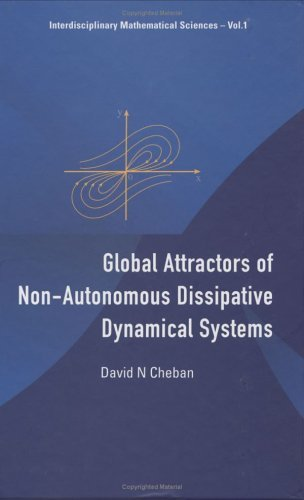 GLOBAL ATTRACTORS OF NON-AUTONOMOUS DISSIPATIVE DYNAMICAL SYSTEMS
GLOBAL ATTRACTORS OF NON-AUTONOMOUS DISSIPATIVE DYNAMICAL SYSTEMSby David N. Cheban
-
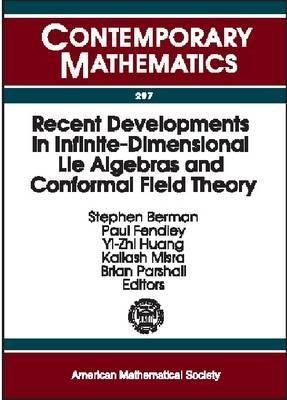
-

-
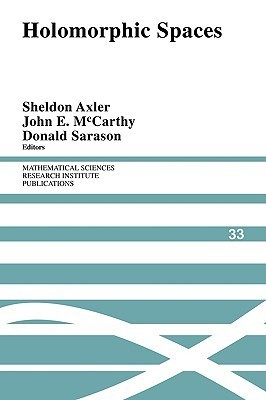 Holomorphic Spaces
Holomorphic Spacesby Sheldon Axler
-
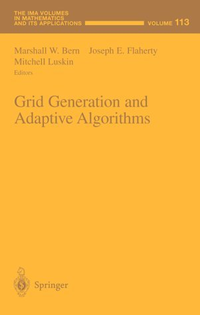 Grid Generation and Adaptive Algorithms
Grid Generation and Adaptive Algorithmsby Marshall W. Bern
-
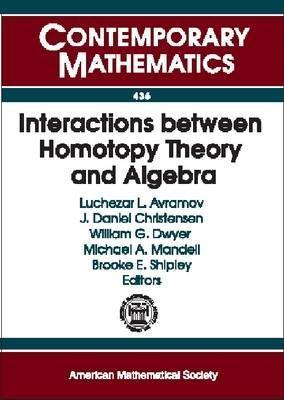
-
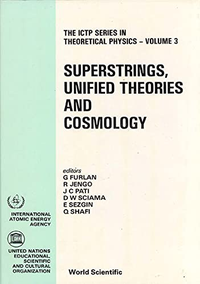
-
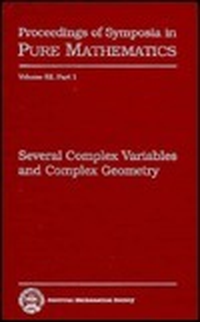 Several Complex Variables and Complex Geometry
Several Complex Variables and Complex Geometryby Eric Bedford
-
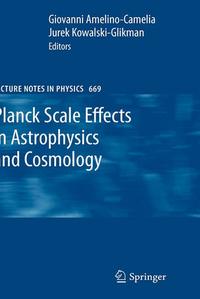 Planck Scale Effects in Astrophysics and Cosmology
Planck Scale Effects in Astrophysics and Cosmologyby Giovanni Amelino-Camelia
-
 Complex Geometry of Groups: January 5-11, 1998, Olmue, Chile
Complex Geometry of Groups: January 5-11, 1998, Olmue, Chileby Angel Carocca
-

-

-
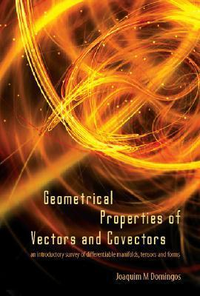
-
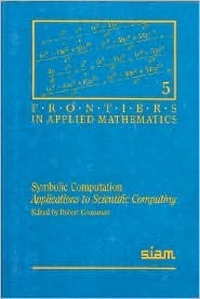 Symbolic Computation: Applications to Scientific Computing
Symbolic Computation: Applications to Scientific Computingby Robert Grossman
-
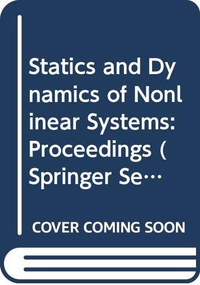 Statics and Dynamics of Nonlinear Systems: Proceedings
Statics and Dynamics of Nonlinear Systems: Proceedingsby Giorgio Benedek
-
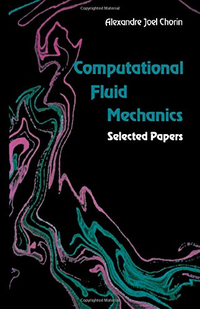 Computational Fluid Mechanics: Selected Papers
Computational Fluid Mechanics: Selected Papersby Alexandre J. Chorin
-
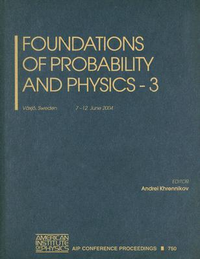 Foundations of Probability and Physics - 3: Växjö, Sweden, 7-12 June 2004
Foundations of Probability and Physics - 3: Växjö, Sweden, 7-12 June 2004by Andrei Y. Khrennikov
-
 Shock dynamics
Shock dynamicsby Zhaoyuan Han
-
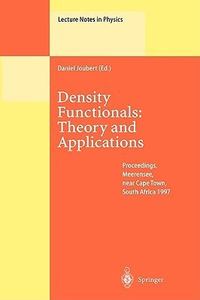
-

-
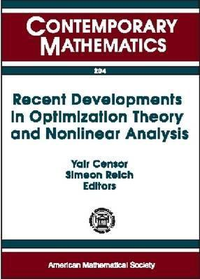
-
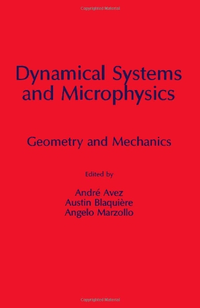
-
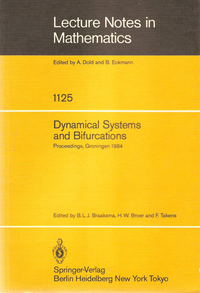
-
 Topics in Finite Groups
Topics in Finite Groupsby Terence M. Gagen
-
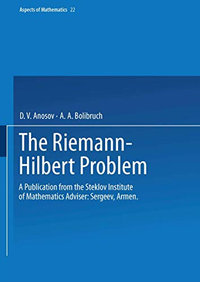
-
